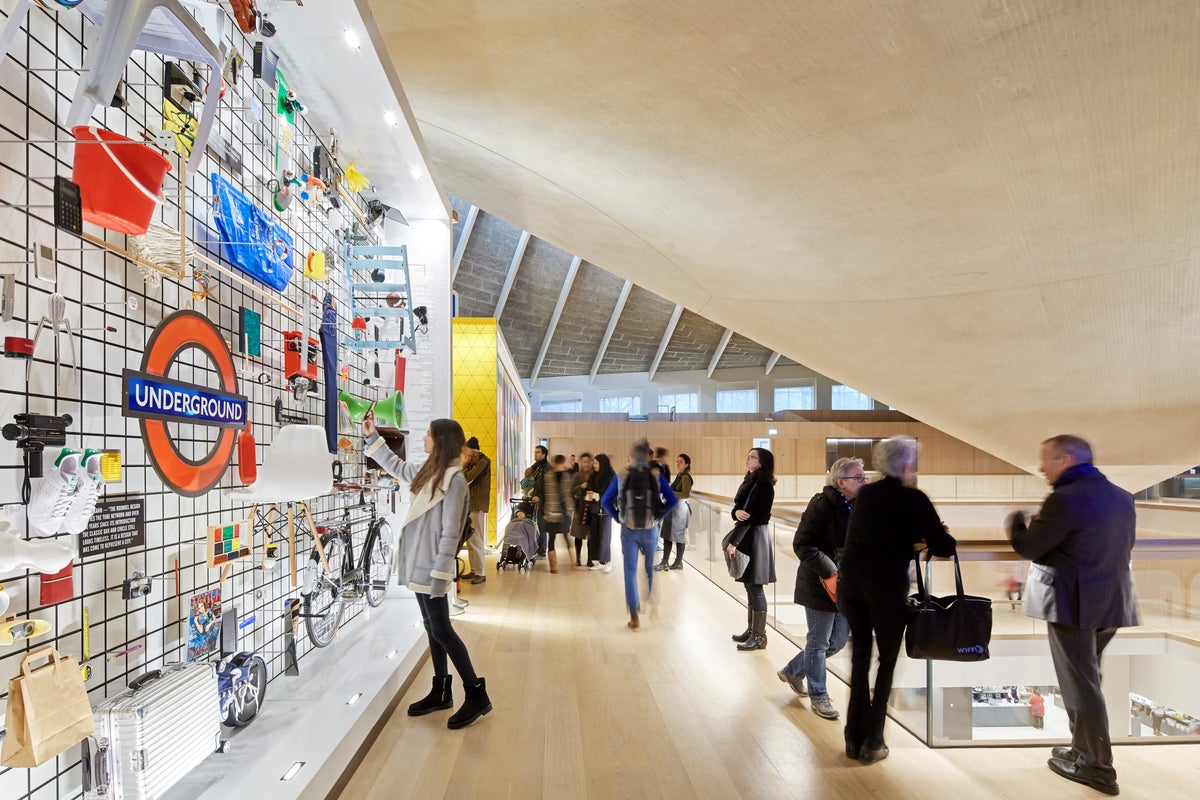Coasting in Neutral Doesn't Actually Save Gas
It’s not your imagination: Gas prices have been climbing steadily this summer. Although they’re (fortunately) still well below the summer of 2022, when gas came dangerously close to $5 a gallon, it makes sense to conserve fuel when you...

It’s not your imagination: Gas prices have been climbing steadily this summer. Although they’re (fortunately) still well below the summer of 2022, when gas came dangerously close to $5 a gallon, it makes sense to conserve fuel when you can. And while there are plenty of ways to do that, coasting in neutral is not one of them.
What is fuel economy?
Before we get into coasting in neutral, let’s talk about fuel economy.
The way we drive impacts our car’s fuel economy—or how far a vehicle can travel on a specific amount of fuel. For example, the faster you drive, the more gas you consume—even in the most fuel-efficient vehicles, according to Kelley Blue Book.
Similarly, all the stops and starts involved with driving in a city (versus on the highway) make your engine work harder, and cause you to burn through fuel more quickly.
This is why many people have gotten in the habit of driving conservatively: for instance, avoiding patterns like unnecessary and rapid acceleration, followed by slamming on the brakes.
Why coasting in neutral doesn’t save gas
When attempting to drive conservatively, some people opt to coast in neutral—rather than in gear—while driving downhill, thinking that it saves gas. But regardless of whether your car is manual or automatic, that’s not the case.
Here’s how Chris Rosales from The Drive explains it:
Modern cars shut off all fuel flow when coasting in gear. When you coast in neutral, the [electronic control unit] then has to inject fuel and burn it to keep the engine at idle. When you coast in gear, the momentum of the car keeps the engine spinning rather than the fuel in the tank.
What about older cars? Some that are more than 30 years old may use less fuel coasting in neutral than in gear, Rosales says, but it really depends on the car.
Coasting in neutral is also unsafe
In addition to using more fuel, coasting in neutral is also unsafe, Mike Allen explains in Popular Mechanics. Let’s say you come across an unexpected hazard in the road: In order to avoid it, you need to be able to use the accelerator. “Cars don’t handle well in neutral during sharp cornering maneuvers when the engine isn’t connected to the drivetrain,” he notes.
The bottom line: Coasting in gear is actually more fuel efficient than coasting in neutral—which also happens to be unsafe.

 ShanonG
ShanonG 
































